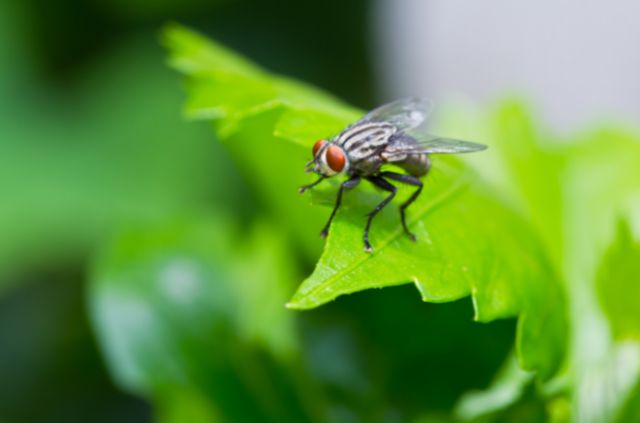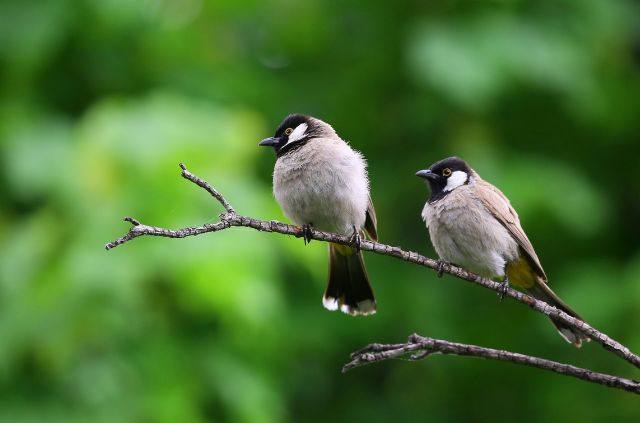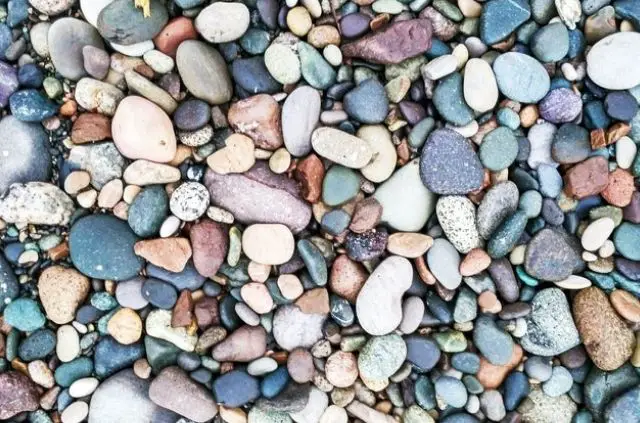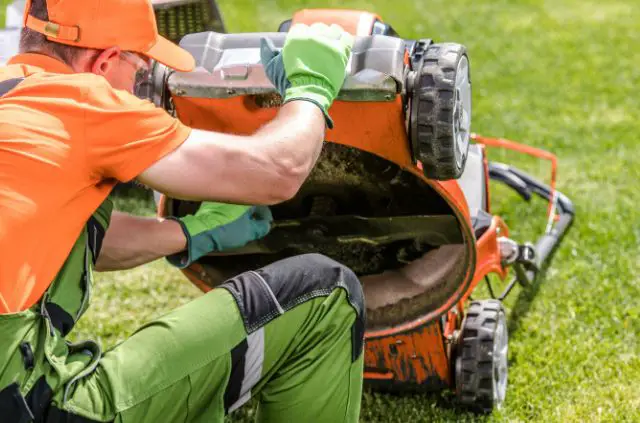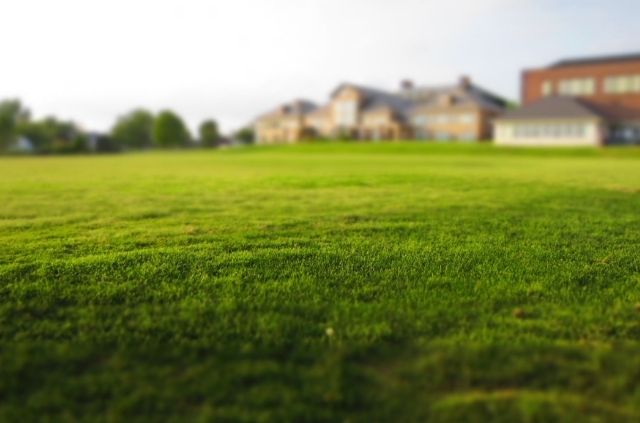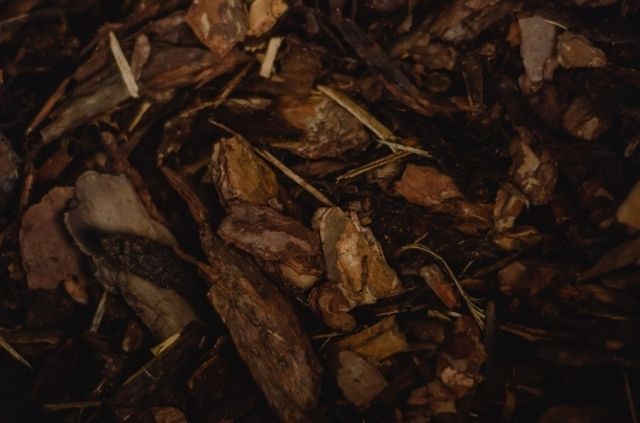8 Pros and Cons of Dethatching Lawn
Maintaining a lawn can sometimes feel like a full time job. Depending on the season, you need to aerate, fertilize, mow, and dethatch on a regular basis. Below we will cover both the pros and cons of dethatching a lawn.
What is Lawn Thatch?
Thatch is a layer of organic debris made from dead and living plant material. This can be in the form of old grass clippings and leaves that have been sitting on the ground for a long time.
Small amounts of thatch can benefit your lawn. A layer that is less than 1/2-inch thick will allow nutrients and air to enter the soil. In other words, thatch acts like organic much and helps your lawn flourish.
Too much thatch on the other hand can become a problem. A thick layer that is greater than 1 inch will shield your lawn from water and fertilizer. As a result, grass roots will die from stress and a lack of nutrients.
Pros of Dethatching Lawn
This raises the following question: why dethatch a lawn in the first place? It may seem like an unnecessary task at first, but it will create healthy grass in the months to come. Here are a few benefits on why you should dethatch your lawn at least once a year.
1. Promotes Healthy Roots
As we briefly mentioned in the sections above, dethatching your lawn on a regular basis is good for the grass roots. When there’s heavy amounts of thatch build-up on the ground, the roots won’t be able to absorb essential nutrients.
This thatch will block sunlight, air, and water from coming in contact with the grass roots. This can be problematic because grass will not be able to grow without moisture and air. You can prevent this issue by dethatching on a regular basis.
2. Helps with Draining
By now you understand that a thin layer of thatch is an essential part of a healthy lawn. In addition to allowing nutrients to enter the soil, dethatching can also help with surface draining so you can avoid water build-up.
Over time thick layers of thatch will create puddles across your lawn and destroy the grass. When you follow this process at least once a year it will help drain rain water down to the soil and promote healthy grass growth.
3. Controls Temperature
You should know by now that too much thatch can create a dangerous scenario for your lawn. When the layer is over 1-inch thick, it will block all airflow from entering the soil. This will heat up the surface and kill your grass as a result.
Dethatching your lawn is crucial to maintaining the correct temperatures. A thin layer will help cool the roots in the summer and keep them warm during the winter months. Just don’t let the thatch layer get too thick.
4. Improves Curb Appeal
In addition to the many nutrient benefits dethatching can bring, it can also help improve the curb appeal. A well-maintained lawn will have thick green grass, be cut at an even length, and there won’t be any brown spots on the surface.
Keeping up with regular lawn maintenance is an essential part of being a homeowner. You not only want your home to look good, but also the area around it. Cutting your grass on a consistent schedule and dethatching are important tasks to follow.
Cons of Dethatching Lawn
It should come as no surprise that dethatching can provide a handful of benefits to your lawn. You should consider dethatching at least once a year to maintain healthy grass. If you’re unsure about this task, take a look at some of the dethatching cons listed below.
1. Takes Time
Regardless of which method you choose to dethatch your lawn, it will take a few hours. You can either use a regular rake, power rake, or rent a piece of equipment. And the larger yard you have will only increase the amount of work time.
Rakes are the ideal choice for smaller yards, because most people already own one and they will get the job done. For larger yards it’s recommended to use a power rake, or rent a dethatcher. These machines will dramatically cut down the amount of labor.
2. Costs Money
If you don’t want to take the time to dethatch your lawn, there’s always the option of hiring someone to do the job. The problem is that this route will cost money. Expect to pay a landscaper a few hundred dollars to complete this task.
The good news is that you will get professional looking results. Landscapers will have heavy duty equipment needed to dethatch any size lawn and it it will look better compared to using a rake. But it can get pricey if you have a lot of land.
3. Creates a Mess
The job is only half done once you’ve dethatched your entire lawn. Now you are responsible for disposing all of those grass clippings. There are two options when it comes to getting rid of thatch – throwing them in the garbage or creating a compost pile.
If you have a small yard the only option is to dispose thatch in a garbage. But you will need to check with your state and local laws first. Pesticides and herbicides are harmful chemicals that can’t be thrown away like regular garbage. Creating a compost pile is easier but you also need enough room in your yard.
4. Not Always Necessary
In some cases dethatching isn’t always needed. In fact, sometimes core aeration can be more beneficial for your lawn. If the layer of thatch is between 1/2-inch and 1-inch thick, using an aerator will help more than dethatching.
The simple fact is that when you aerate the lawn, you are also removing some level of thatch. Soil plugs (or cores) get taken out during the aeration process. But you can also find thatch in these cores that will free up soil and improve airflow to the ground.
Further Reading
Search Terms
- Pros and cons of dethatching lawn
- Pros and cons of dethatching lawn for grass

